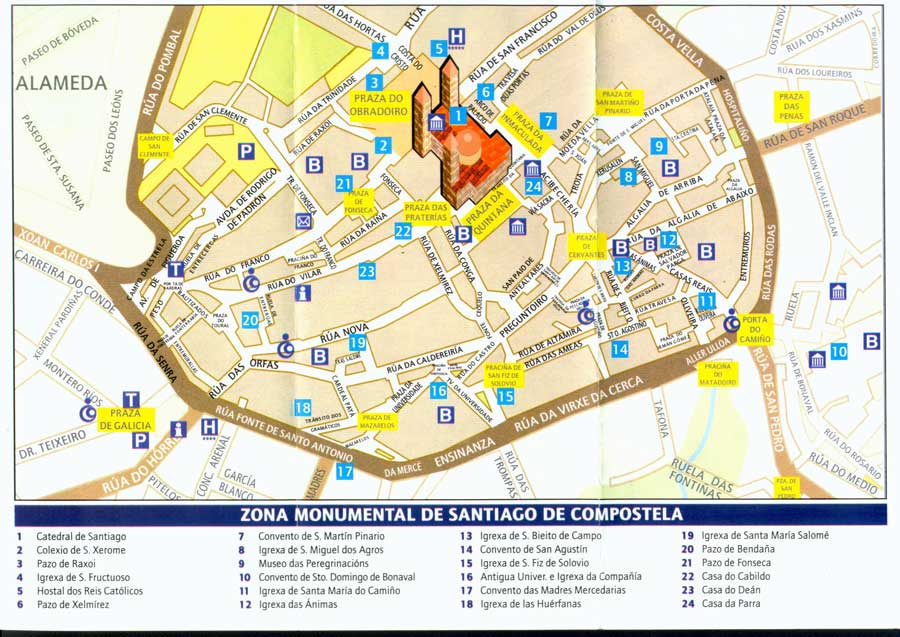Santiago de Compostela is often referred to as a large village built around a beautiful Cathedral. When walking around the Old Walled Town and arriving into any of the 5 squares of the Cathedral you will see this is true. Each one of these 5 squares shows the Cathedral in a different way, always grandiose, and allows an entrance or exit to this sacred site. They all have a different spiritual meaning and reason for being.

In this article, we would like to describe what we think El Obradoiro, La Quintana de los Vivos y de los Muertos, Platerias y la Azabachería means.
Continue reading The 5 squares of the Cathedral of Santiago de Compostela

